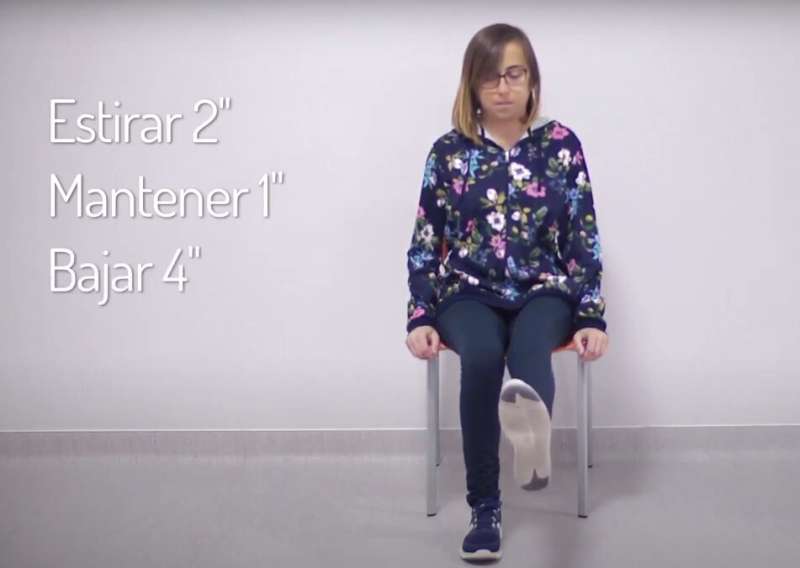
The Association to Fight Against Kidney Diseases of Castellón province (Spain), ALCER Castalia, and the CEU Cardenal Herrera University (CEU UCH) have collaborated to create the Basic Manual of Physical Activity for Chronic Kidney Disease (CKD). The exercise table with their recommendations, included in this manual, have been designed by Eva Segura, lecturer of the Degree in Physical Therapy at the CEU UCH, who is a pioneer in the implementation in Spain of physical exercise during sessions of haemodialysis. She also currently heads the GoodRenal project, funded by the Erasmus+ European program, coordinating Spanish entities such as Manises hospital, the University of Valencia and the Polytechnic University of Valencia, and international ones such as the University Hospital of Skånee and the Karolinska Institute of Sweden, the Catholic University of Leuven in Belgium, and the Aristotle University of Thessaloniki of Greece.
According to Juan Doménech, president of ALCER Castalia, “among people who undergo haemodialysis treatment, the feeling of fatigue appears in up to 97% of cases, deeply affecting vitality and personal relationships. Add to this the gradual loss of muscle mass and a sensation of pain that is between two and three times higher than the average. Furthermore, depression and anxiety are prevalent among between 22 and 42% of people with chronic kidney disease. Suitable physical exercise, with the authorisation of the specialist who tends to the patient, can improve these situations, favoring mobility and quality of life while decreasing the sensation of pain.”
Thus, the Basic Manual of Physical Exercise in CKD, edited by ALCER Castalia, goes over the benefits provided by exercise, not only from a physical point of view, but also its positive effects on the emotional and psychological state, as well as the decrease in blood pressure or glucose levels. The exercises it contains have been specifically designed for people with chronic kidney disease, but they can also be useful for anyone who is in poor shape and want to start doing some physical exercise.
Exercise table and videos
The table includes exercises such as extending the knees while sitting and flexing the knees while standing, both to strengthen the hamstrings; smooth squats, for the quads; extension and abduction of the hip to strengthen the glutes; standing on tip toes, to work on the calf; or balancing exercise, among others, to improve general muscle mass and mobility. A minute of fast walking is added after each exercise as well as three minutes of regular walking at the beginning and end of the table.
According to Eva Segura, “it is advisable to carry out this exercise table at least three times a week, in 45-minute sessions. The manual also includes a link to the videos we edited, which are available on the YouTube channel of the CEU UCH, and which make it possible to perform the table from home, with recommendations on the appropriate posture and pace. It also includes a diary to write down the exercises performed in each session, the repetitions completed and the perceived effort. Sharing this data with the health professional who tends to the patient will make it possible to increase the intensity of the exercises as the patient’s physical condition improves.”
Source: Read Full Article
